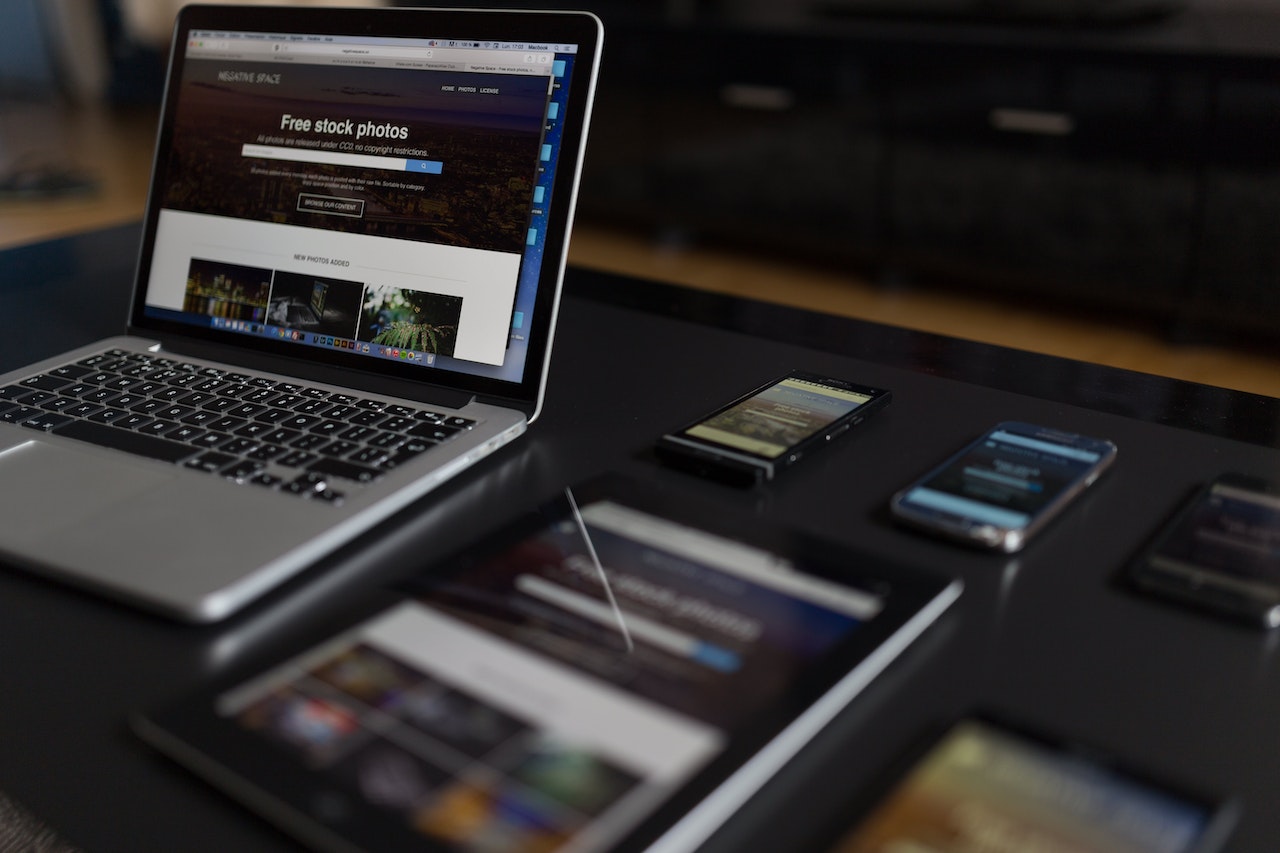We’ve gone over what good design is. Now let’s talk a bit about what it isn’t.
As a general rule, visitors shouldn’t have to do any work to use your website. The whole experience of using your website should be straightforward and intuitive.
Here are some examples: Clear calls to action are great web design; murky ones are bad web design. High contrast fonts are smart, effective web design; low contrast fonts that are hard to read are poor web design.
Here are a few other elements to avoid:
- Distracting images and backgrounds. As a general rule, stay away from tiled backgrounds. Though there are a few select instances where a tiled background could be a good choice, in most cases they’re distracting.
- Non-responsive design. Nowadays your website simply needs to be mobile responsive.
- Unclear links and buttons. Visitors shouldn’t have to hunt for links and buttons, they should be able to quickly see which images and pieces of text will take them to new pages or confirm their choices. Similarly, users should be able to clearly recognize fillable fields.
- Generic or irrelevant stock photos and filler text without valuable information.
Certain web design elements, like grid layouts, aren’t inherently good or bad choices. They can be used in effective and ineffective ways, so taking care to do them right is a must.
Another tricky web design element is animation. It’s not 1999 anymore, you shouldn’t have a comet tail trailing the user’s cursor or make them scroll past a row of dancing hamsters to get to your content. But an animated exit pop-up that brings visitors’ attention back to your site and gets them to convert? Yes.
How to get web design done
—
Whew, getting web design right is a complex process and there are lots of things to look out for. Thankfully, you don’t have to do it alone. When you’re working with a professional web designer you can rely on their skill to get the perfect result.
There are a few different ways you can get the website you need. The way that’s right for you and your company depends on how complex of a website you need, how much you want to spend and how much of the work you can do yourself.
You can work directly with a freelance web designer. Simply browse designer portfolios and pick the designer you like best and who fits the style and look you’re going for. A freelance designer can customize an existing template or design a completely fresh template for your website. If you want your website built from scratch, you can work with a freelancer who has the skills to make it happen.
If you need help coming up with ideas for your website design, host a contest. On a platform like 99designs you can host a design contest by providing a brief and having designers submit designs based on your specifications.
Creating your own site with a template-driven website builder (like Wix or Squarespace) is also an option. You’ll need to be more hands on and if you’re not a designer you will be limited to what these platforms offer, but you can always hire a designer to customize a template for you.
You can also work with an agency that builds custom websites. Pick this option if you need to build a complex website from the ground up, but be aware that this end-to-end solution will cost you more.
Be prepared to invest in high quality web design. Your web design could cost a few hundred to tens of thousands of dollars, depending on its complexity. What you’ll spend is proportionate to what you need.
So how do you know if you need a custom-built website or if a template will do you just fine? That all depends on what you need your website to do and what you plan for it. If scaling is part of your business plan, get a custom website. If you need it to be search engine friendly, if you need to adapt it to various business needs, if you have very specific ideas about the website that demand that it be built to your specifications, you need a custom website. When these aren’t priorities for you and you don’t have a large budget, a customized template is the way to go.
